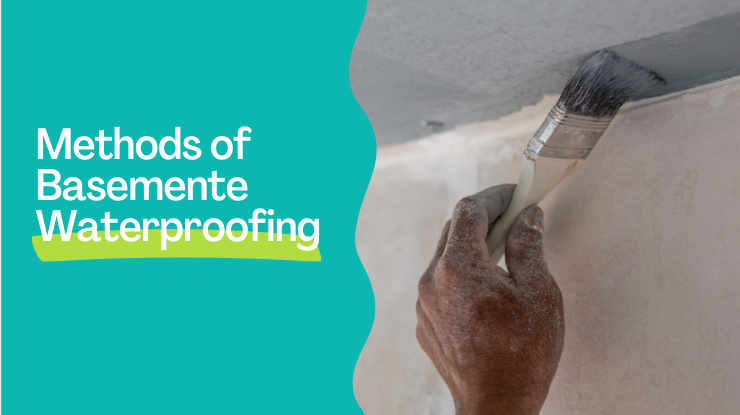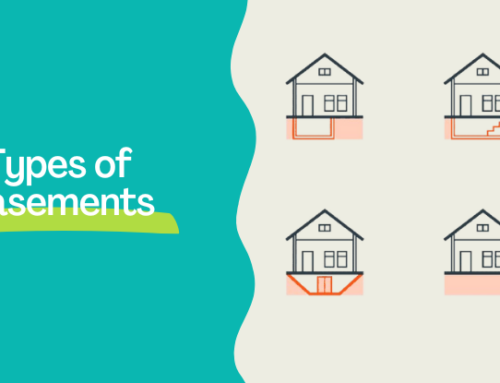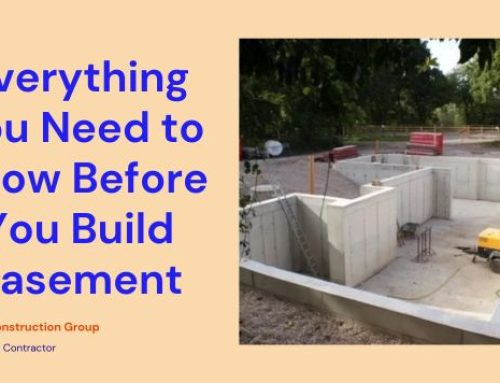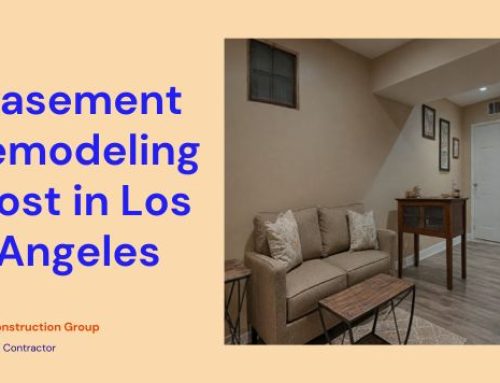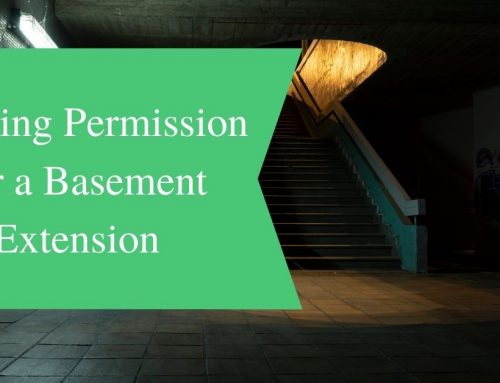A basement is an integral part of any home, yet it is often vulnerable to water damage. Whether you use your basement for storage, as a living space, or simply as part of your home’s foundation, keeping it dry and secure is essential. Basement waterproofing prevents water intrusion, safeguards the structural integrity of your home, and avoids costly future repairs.
This blog delves into the importance of basement waterproofing and explores effective methods to keep your basement dry and safe.
Contents
Why is Basement Waterproofing Essential?
Basements are particularly susceptible to water intrusion because they are below ground level. Water can enter through cracks, porous walls, or improper drainage, leading to serious issues. Here’s why waterproofing is vital:
- Prevent Structural Damage: Water can weaken a building’s foundation by seeping through cracks and creating pressure against the walls. Over time, this can cause structural instability and even lead to the need for major repairs. Waterproofing acts as a protective shield, preventing moisture from compromising the integrity of your home.
- Avoid Mold and Mildew Growth: Moist environments are perfect breeding grounds for mold and mildew. These fungi damage your property and pose health risks, especially for those with respiratory issues or allergies. Waterproofing ensures that your basement remains dry, reducing the chances of mold growth.
- Protect Your Investment: A damp or leaky basement can significantly lower your property’s value. Potential buyers are often discouraged by signs of water damage. Proper waterproofing not only enhances the longevity of your home but also boosts its market appeal.
- Save on Long-Term Costs: Fixing water damage is often more expensive than preventing it. Waterproofing is a proactive measure that helps avoid costly repairs, ensuring homeowners’ peace of mind.
Methods of Basement Waterproofing
Several methods can be used to waterproof your basement, depending on the extent of the water issue and your budget. Below are the most common and effective solutions.
Interior Sealants and Coatings
Interior sealants are often the first line of defense against water intrusion. These coatings are applied to the basement’s walls and floors, creating a waterproof barrier that prevents minor leaks.
- How It Works: Sealants penetrate the surface, filling pores and cracks to stop water from entering.
- Best For: Homes with occasional dampness or condensation problems.
- Advantages:
- Easy to apply and cost-effective.
- Provides a quick fix for minor leaks.
- Limitations:
- Not suitable for heavy water intrusion.
- Doesn’t address external water pressure or drainage issues.
Common Materials Used:
- Acrylic-based coatings.
- Silicate-based sealants.
While interior sealants are not a permanent solution, they are an excellent choice for immediate and short-term protection.
Interior Drainage Systems
Interior drainage systems are designed to manage water that enters the basement. They collect and direct water to a sump pump, which removes it from the home.
- How It Works: Perimeter drains installed beneath the basement floor channel water into a sump pit, where a pump expels it outside.
- Best For: Homes experiencing frequent water seepage or minor flooding.
- Advantages:
- Cost-effective and relatively easy to install.
- Prevents water from pooling inside the basement.
- Drawbacks:
- Requires ongoing maintenance to ensure efficiency.
- Does not prevent water from entering the foundation.
Installation Tips:
It’s recommended that you hire a professional to ensure the proper placement and slope of the drainage channels. To avoid malfunctions, the sump pump should be regularly cleaned and inspected.
Exterior Waterproofing Membranes
Exterior waterproofing is considered one of the most comprehensive solutions. It involves excavating the soil around the foundation and applying waterproof materials to the exterior walls.
- How It Works: A waterproof membrane is applied to the foundation walls, sealing them against water intrusion. A drainage system may also be installed to direct water away from the foundation.
- Best For: Homes in areas with high groundwater levels or heavy rainfall.
- Advantages:
- Provides long-term protection.
- Addresses the root cause of water infiltration.
- Challenges:
- Labor-intensive and expensive.
- May require landscaping restoration after excavation.
Materials Used:
- Rubberized asphalt.
- Polymer-based membranes.
Though costly, this method is ideal for homeowners seeking a permanent solution to persistent water issues.
French Drains
French drains are a popular exterior drainage solution that prevents groundwater from accumulating near the foundation.
- How It Works: A perforated pipe surrounded by gravel collects water and redirects it away from the house.
- Best For: Properties with poor natural drainage or a history of water pooling near the foundation.
- Advantages:
- Protects the foundation from water damage.
- Can be combined with exterior waterproofing for added efficiency.
- Drawbacks:
- Requires regular maintenance to prevent clogs.
- Installation can be labor-intensive.
Maintenance Tips:
It’s recommended that debris and sediment from the pipe be cleared periodically. You should inspect the gravel for blockages or displacement.
Foundation Crack Repairs
Foundation cracks are a common entry point for water. Repairing these cracks is a crucial step in waterproofing.
- How It Works: Specialized materials seal cracks, preventing water from seeping through.
- Best For: Homes with visible cracks in the basement walls or floors.
- Types of Repairs:
- Epoxy Injections: Ideal for structural repairs.
- Polyurethane Foam: Expands to fill non-structural cracks, sealing them effectively.
- Advantages:
- Restores the foundation’s strength.
- Prevents further damage.
Crack repairs are often combined with other waterproofing methods for a more comprehensive solution.
Sump Pump Installation
A sump pump is a powerful tool for managing water in basements prone to flooding.
- How It Works: Water collected in a sump pit is pumped out, preventing it from accumulating in the basement.
- Best For: Areas with heavy rainfall or frequent flooding.
- Advantages:
- Provides reliable protection during storms.
- Can handle large volumes of water efficiently.
- Considerations:
- Opt for a model with a battery backup to ensure functionality during power outages.
Types of Sump Pumps:
- Pedestal pumps: Affordable and easy to maintain.
- Submersible pumps: Quieter and more durable.
Proper installation and regular maintenance are key to ensuring the longevity of a sump pump.
Wrapping Up!
Basement waterproofing is a necessary investment for any homeowner. Choosing the right method protects your home from water damage, maintains its structural integrity, and enhances its value. Whether you opt for interior sealants, drainage systems, or comprehensive exterior waterproofing, addressing the issue early can save you time and money in the long run.
For homeowners in Los Angeles, working with professionals ensures effective and reliable results. LUX Construction Group specializes in tailored basement waterproofing solutions, offering expertise to keep your home safe and dry. Don’t wait for water damage to escalate—contact experienced professionals today to secure your basement for years.

